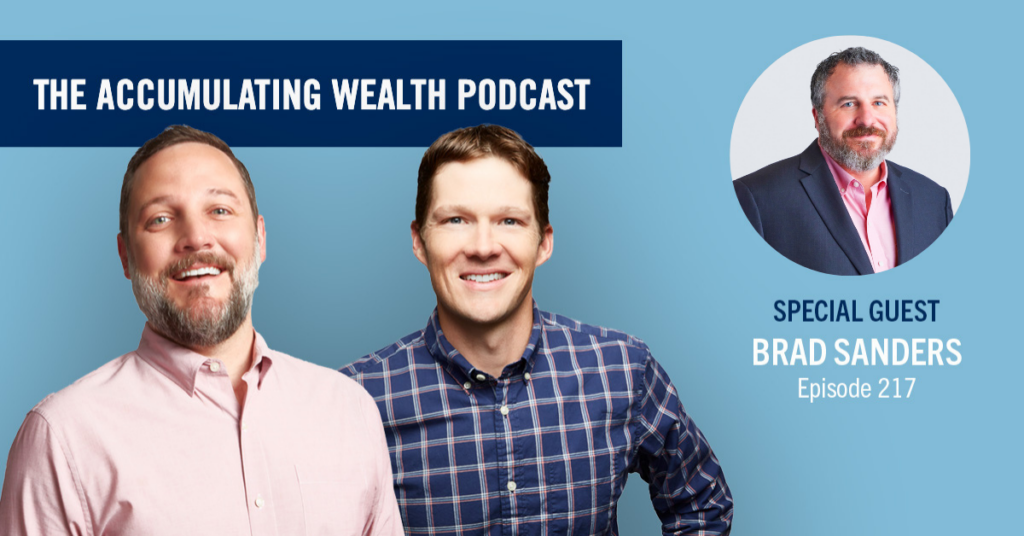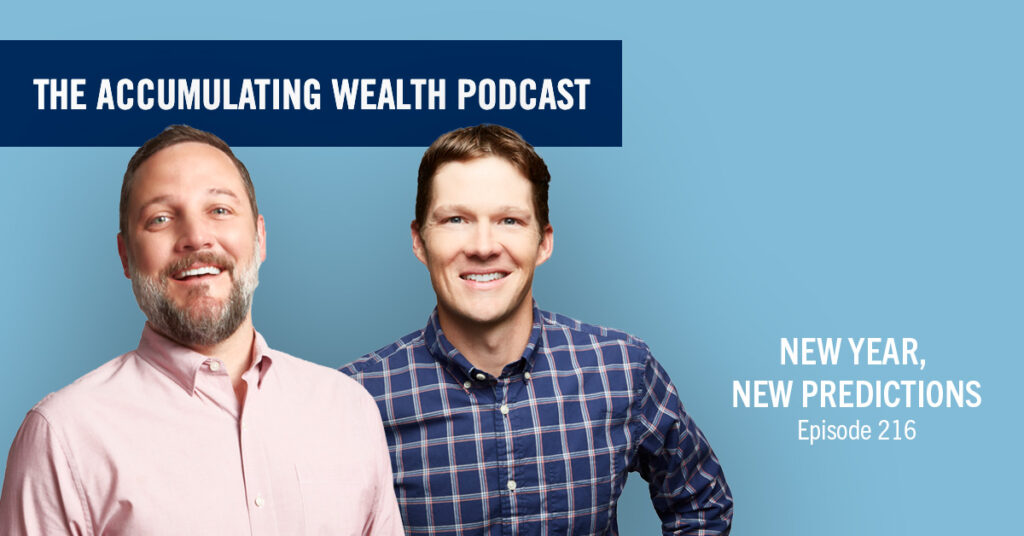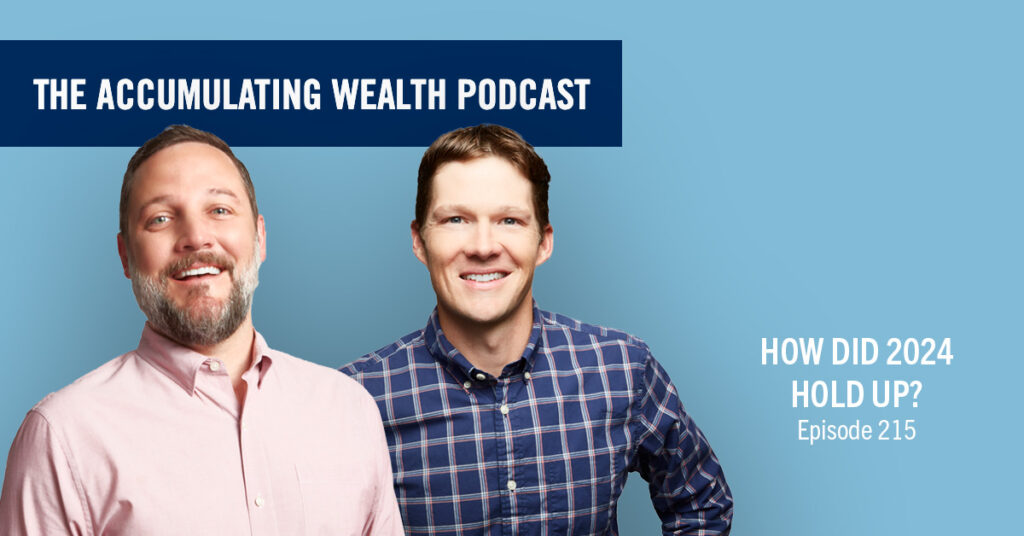Is your cash savings strategy optimized to fit your life?
Key Takeaways
- When your emergency fund is set and you have extra cash available, tailor your strategy to your short-term needs and long-term goals.
- Prioritize debt reduction. Start with credit cards and personal loans and then manage student loans.
- Strategize for short-term needs, a car for example, and then boost long-term investments.
The last few years of high interest rates on savings vehicles like high-yield savings accounts have been a great ride. With rates around 5%, stockpiling personal cash has been a smart move in this high-interest-rate environment.
Now that rates are anticipated to trend down, many are sitting on large piles of cash and wondering “What do I do with extra money?” Should their approach change? While it’s always a good idea to consider new ways to maximize the earnings on your idle cash, CPA Sarah Oliver says now is the perfect time to take a more strategic approach.
“Where to put your extra cash is more than finding the highest interest rates,” says Sarah. “It requires a personalized, strategic approach that considers your short- and long-term goals.”
How Much is Too Much Cash?
It’s different for everyone, but start by looking at your total cash position, Sarah says. Review the cash needed for your short-term needs and ensure you’ve set aside an appropriate reserve for an emergency fund.
For established practice owners or salaried dentists who have an income-earning spouse, Sarah says an emergency fund can lean a little closer to four months. For single earners or 1099 contract doctors, she suggests keeping six months of savings.
Once you’ve accumulated at least a month’s worth of salary over your emergency fund, you are sitting on idle cash.
“Emergency fund cash should always be liquid, so keeping it in a high-yield savings account is your best bet, even if rates are creeping lower.”
With your emergency fund set and extra cash available, where is the ideal place to put your money? This is where the cash savings strategy gets personal, as it’s all about your individual financial picture.
While Sarah always recommends talking to a financial advisor, she outlines four steps that can help direct where to put your idle cash.
What do I Do With Extra Money?
Step One: Address Bad Debt
The general rule of thumb is to first pay off any high-interest revolving debt, such as credit cards and personal loans.
The next debt to tackle is student loans. Depending on your situation, an advisor might suggest using your extra cash to pay off a student loan, pay it down, or refinance.
“Credit card debt is toxic debt; it has to be addressed first,” says Sarah. “Student loan debt is next, as the rates are typically high and there are no tax benefits.”
Step Two: Consider Short-Term Needs
The next step is to consider any large purchases on the horizon within the next year or two. These might include saving for a new car, making a down payment on a house, or funding an upcoming home improvement. Because these monies need to be liquid in the near future, Sarah suggests locking in a short-term CD to catch the tail and extend current rates a little longer.
“I wouldn’t have recommended CDs a year ago, but with rates potentially coming down, locking in now is a good idea,” says Sarah. “Just make sure you won’t need the money before the CD matures.”
She also suggests laddering CDs if you’re unsure when you will need the money. Opening several CDs, staggering out the maturity dates, and reinvesting in new CDs when they mature is a good way to keep your money working for you without tying up all your cash for the long term.
Step Three: Increase Your Investment Contributions
Still have extra cash on hand? Sarah suggests increasing your 401(k) contributions until you eventually max it out at $23K annually. Also, funding a Roth IRA at $7K annually ($8K annually if you’re over 50) is a smart way to turn extra cash into tax-free dividends in retirement.
Finally, consider opening or adding to a Health Savings Account (HSA) to help cover any out-of-pocket medical costs.
Step Four: Invest in Your Future
If you’ve made it this far with some cash still in hand, congratulations. Consider putting that money to work for your personal benefit or the benefit of others.
Opening or contributing to 529 funds for the kids or grandkids to offset education expenses is a rewarding way to spend extra cash.
Investing in your future could also mean a CE course to improve your clinical speed or abilities.
If you have excess cash, it is also time to consider spending it on something that brings you joy. A vacation, a home improvement or even a slight indulgence is sometimes in order.
“When my clients are meeting all their financial goals, they can spend the excess without guilt since they know they are on track,” Sarah reminds.
Many investors also open personal brokerage accounts to take advantage of longer-term stock market returns.
“The beauty of opening a personal brokerage account is that the money is still accessible when you need it,” says Sarah. “Just understand that more risk is involved than in a savings account.”
In the end, what you do with your extra money is a decision that is as personal as it is emotional. Saving money is hard at any income level, and parting with it can be an arduous decision that many people put off. Sarah recommends connecting with a trusted CPA or financial advisor to help take the emotion out of the decision-making process.
“It’s great to have extra cash, but we are entering an economic environment where it won’t work as hard for you as it has,” says Sarah. “At the same time, putting money toward a goal provides an equally rewarding emotional boost as you edge closer to the goal.”
For more insight into developing personalized cash and savings strategies, talk to a CWA advisor. We’re always here to help answer any personal finance or business planning questions you may have including “What do I do with extra money?”














